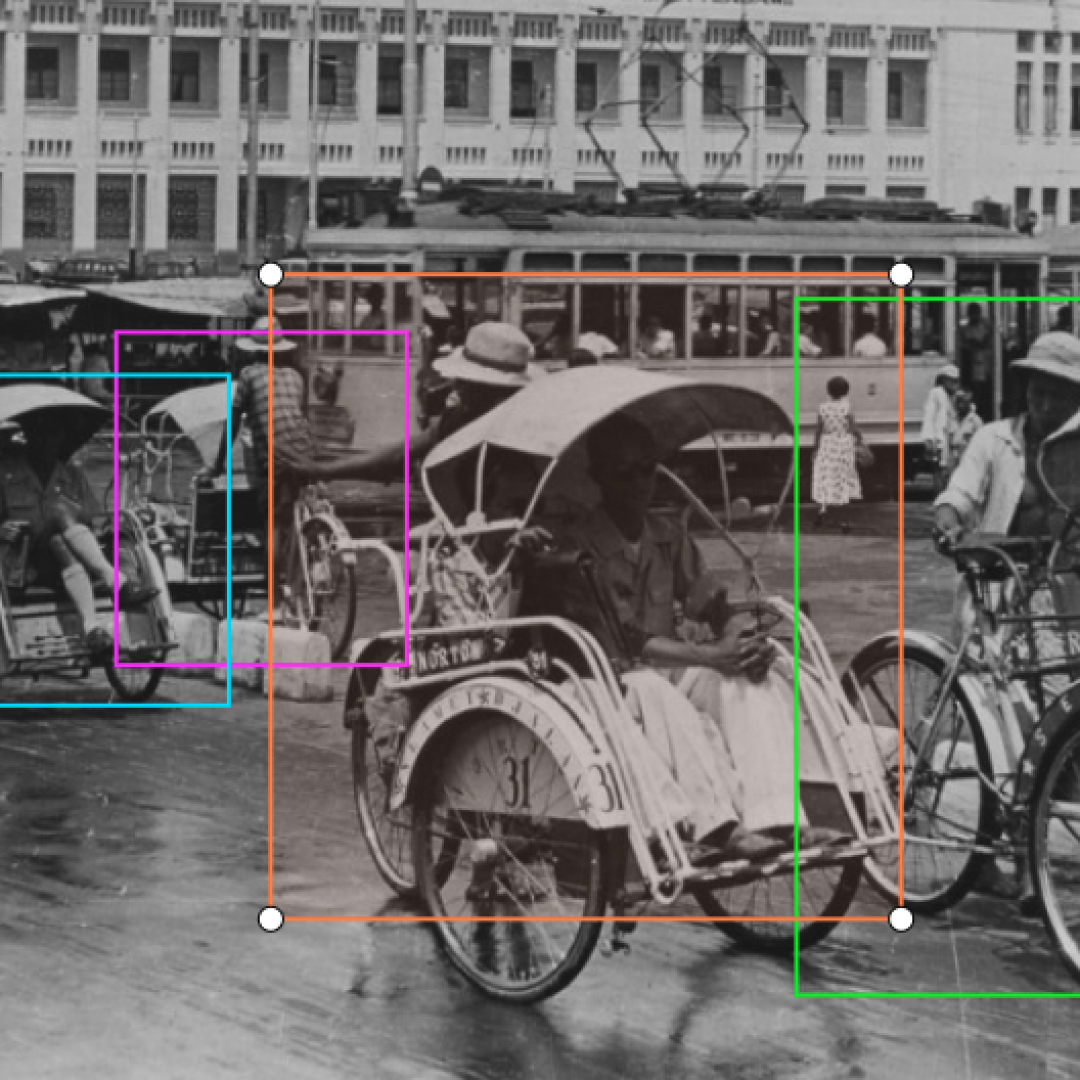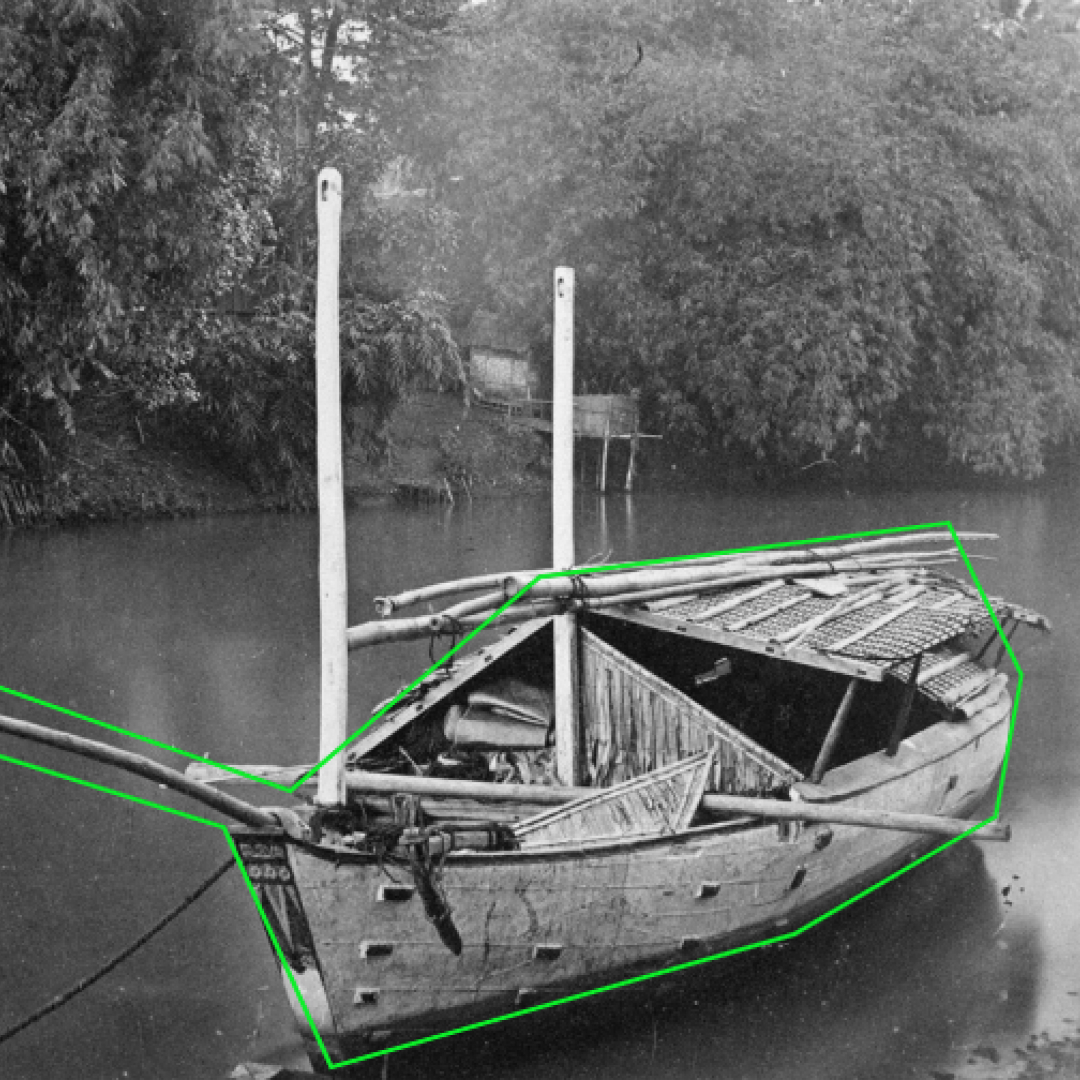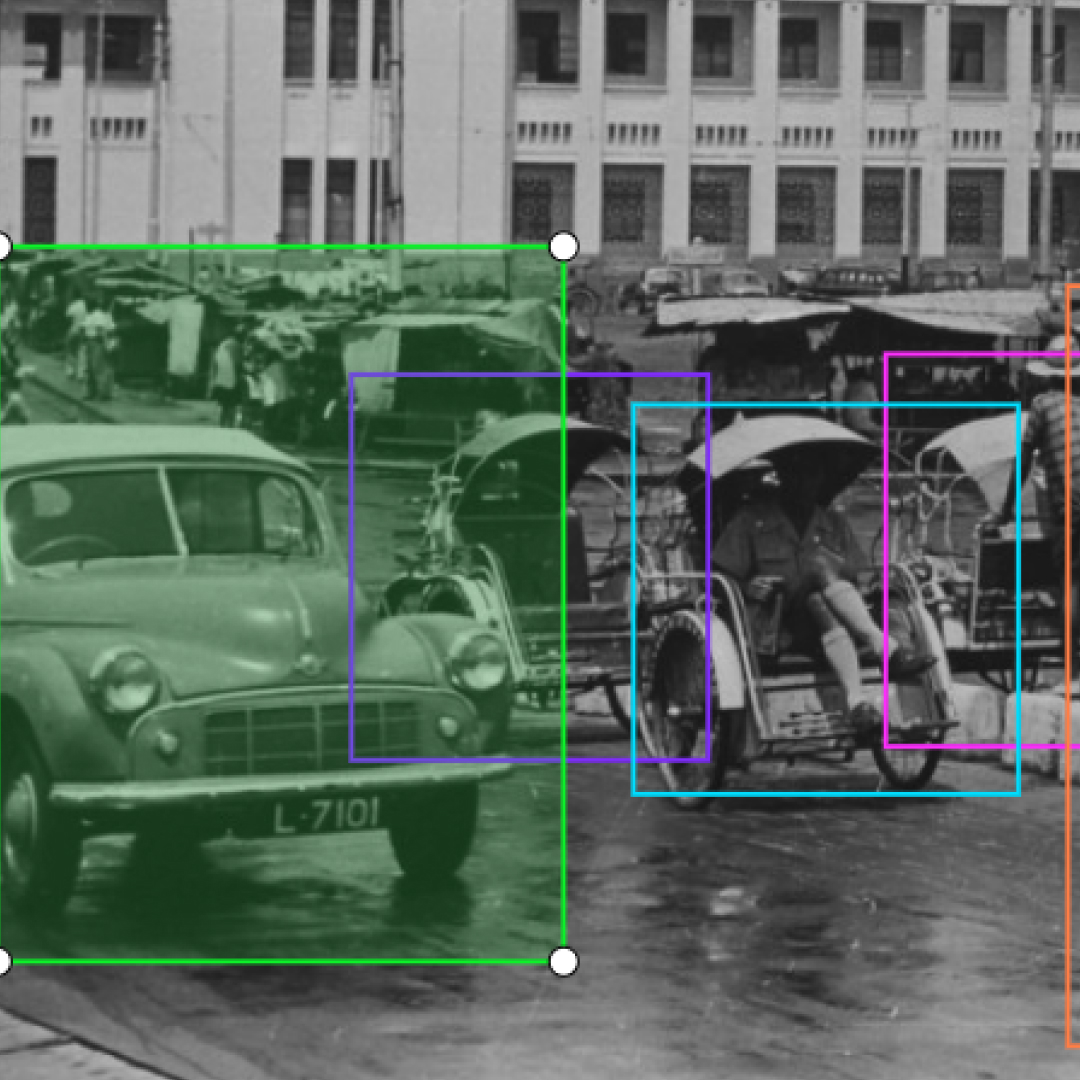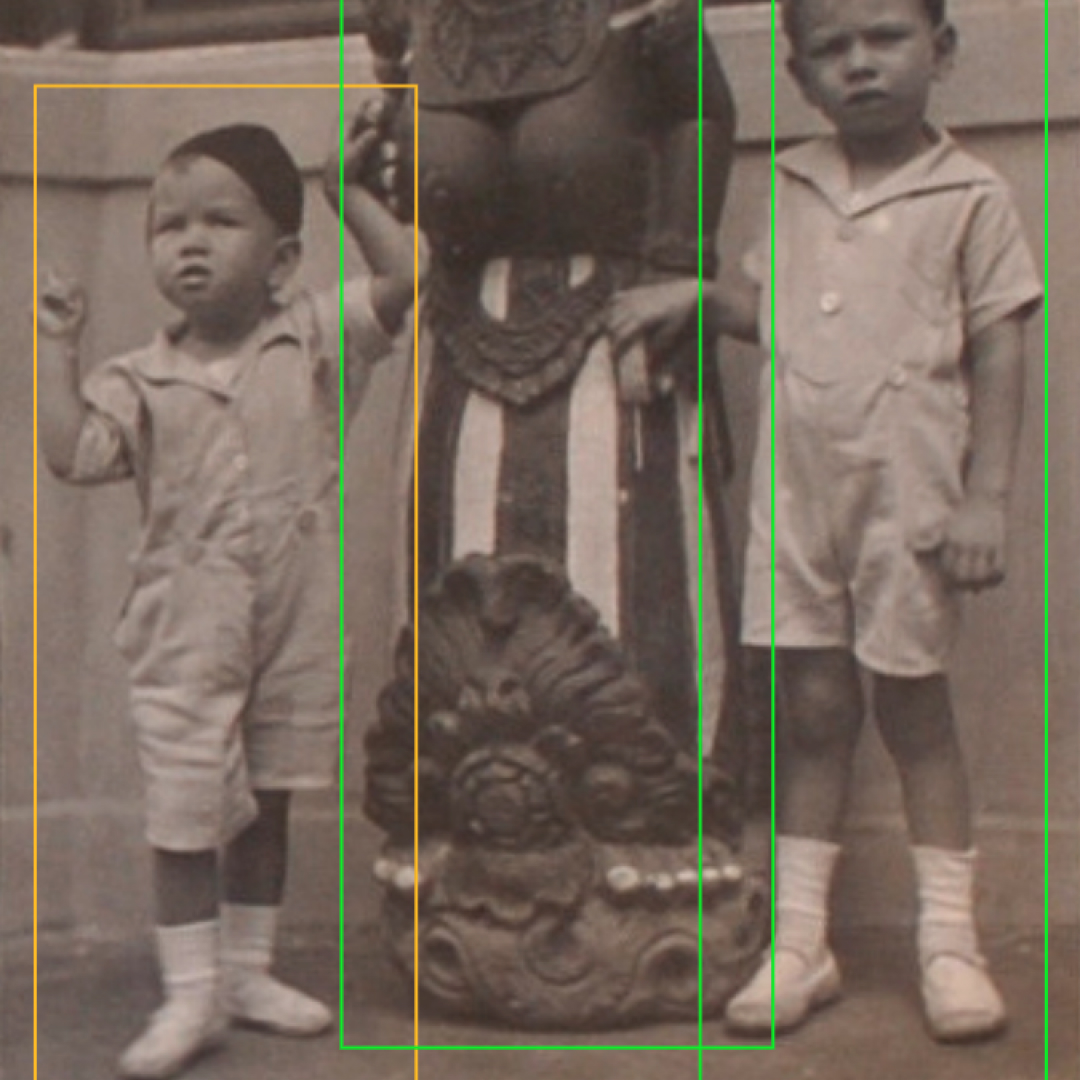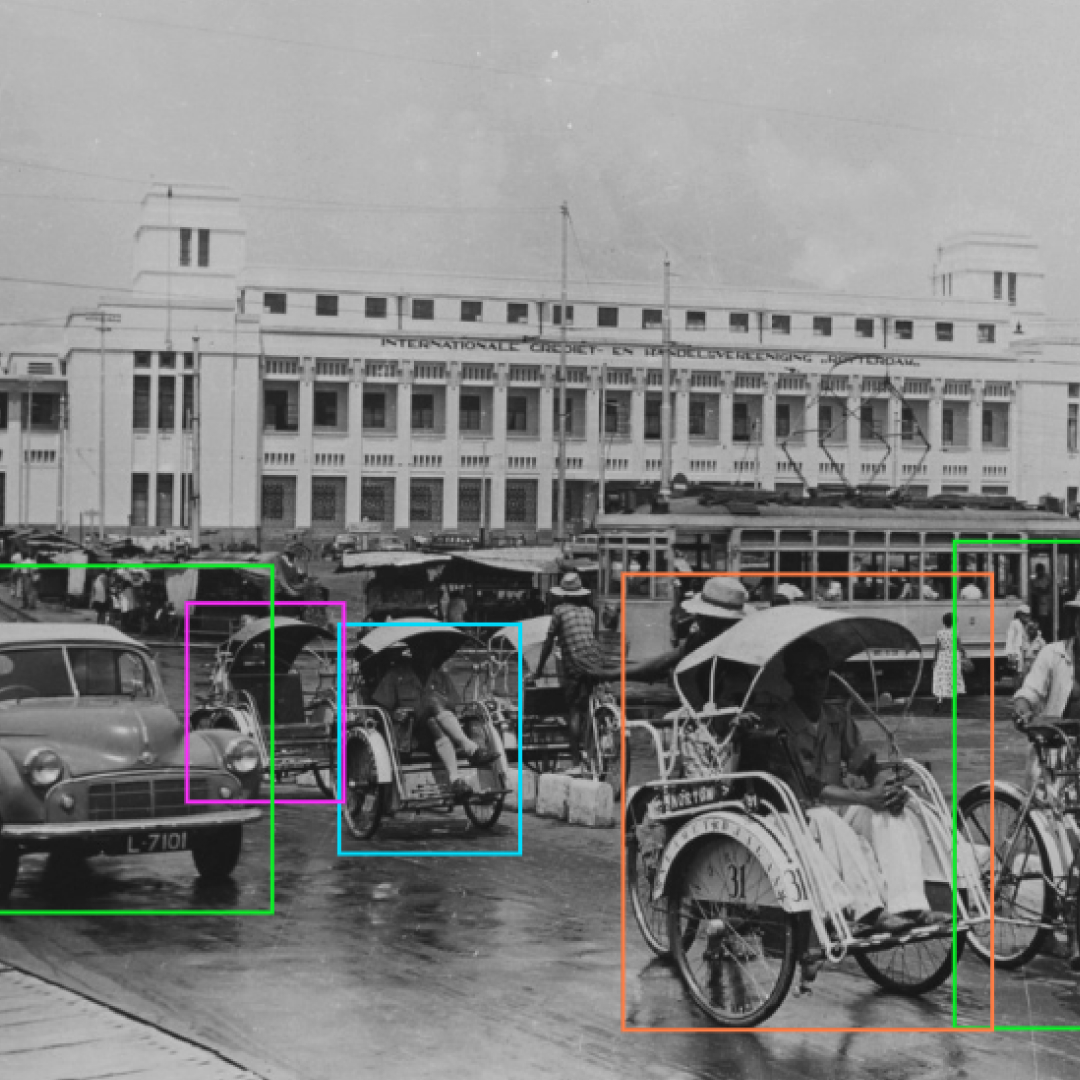World Museum
Tag The Picture
After the Sabi Suriname app for the Wereldmuseum, Zooma was brought in to collaborate on the Tag The Picture project. In four intensive sprints, Zooma built an advanced website with a module in which volunteers can very precisely mark and tag objects in photos. In the coming sprints we will think along about the Artificial Intelligence model that will be trained by the obtained meta-data. More to come!
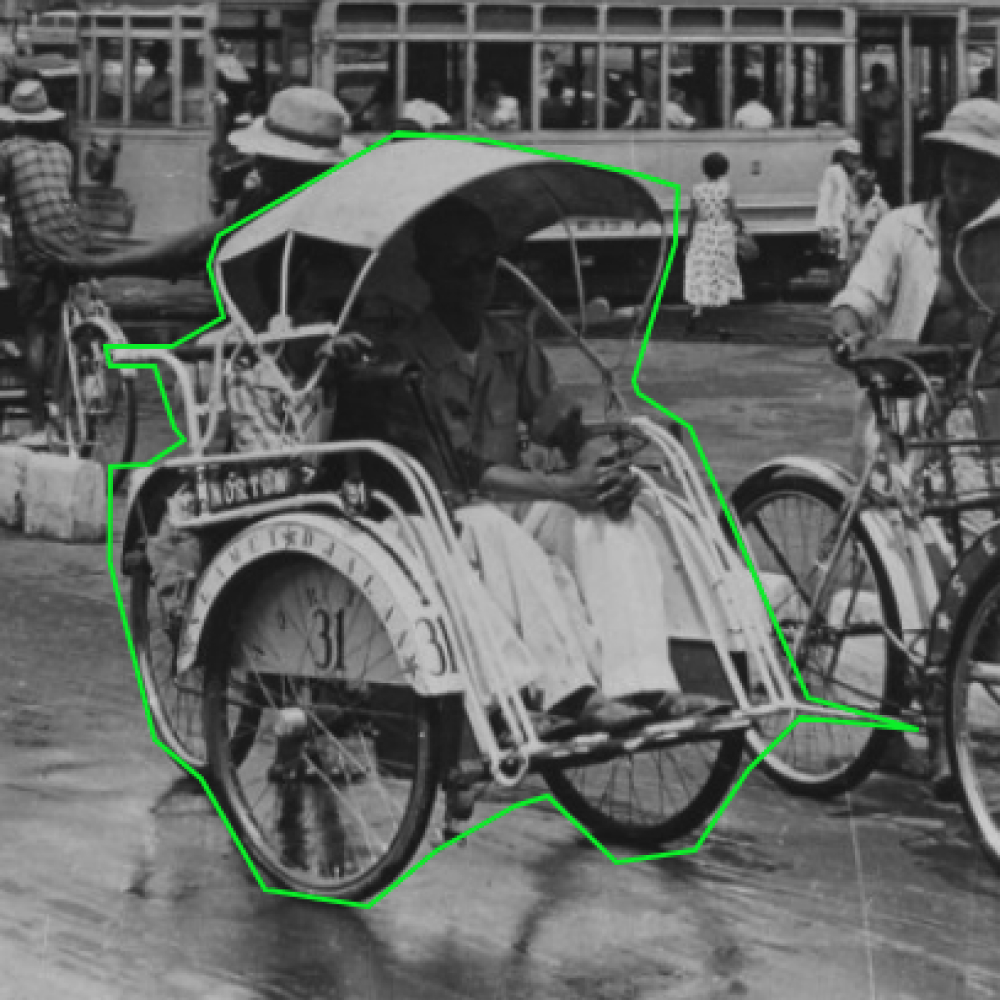
Select
In the photos, it is possible to select very precisely where the object is located.
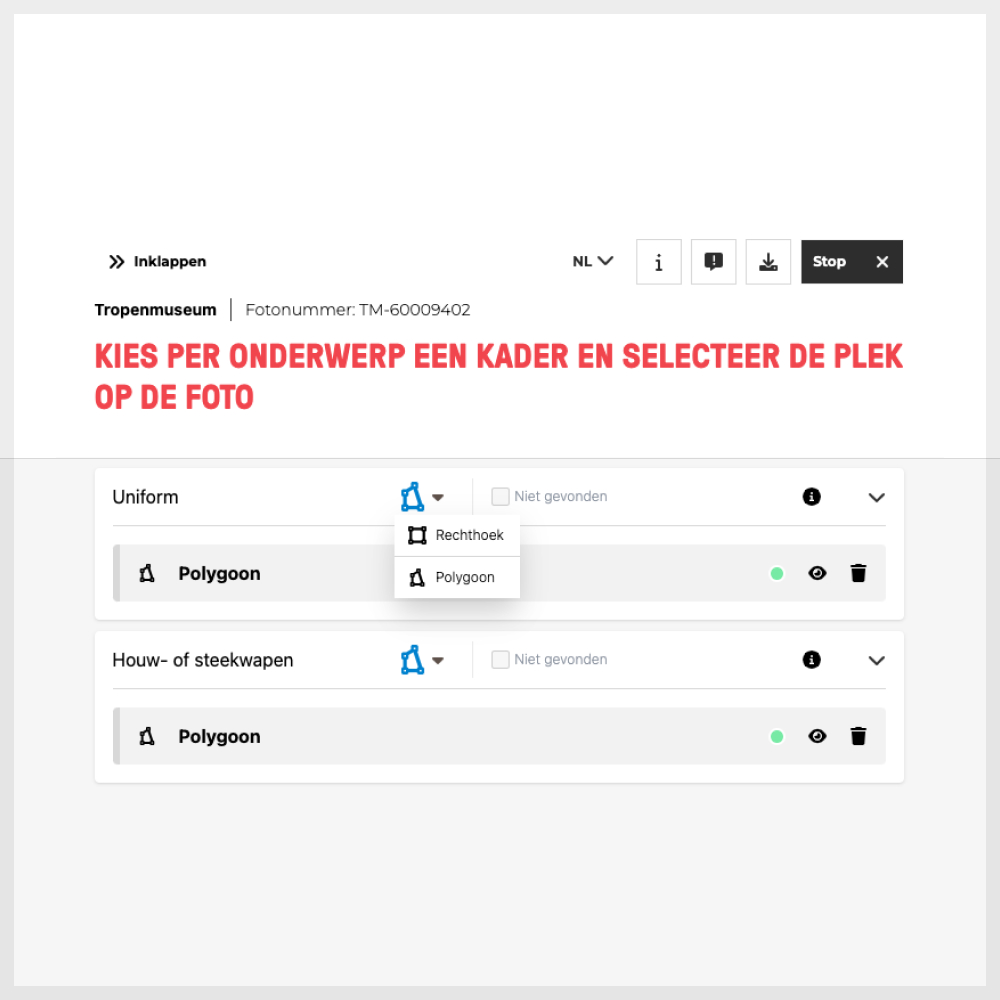
Tag
Add a tag to the object that is selected.
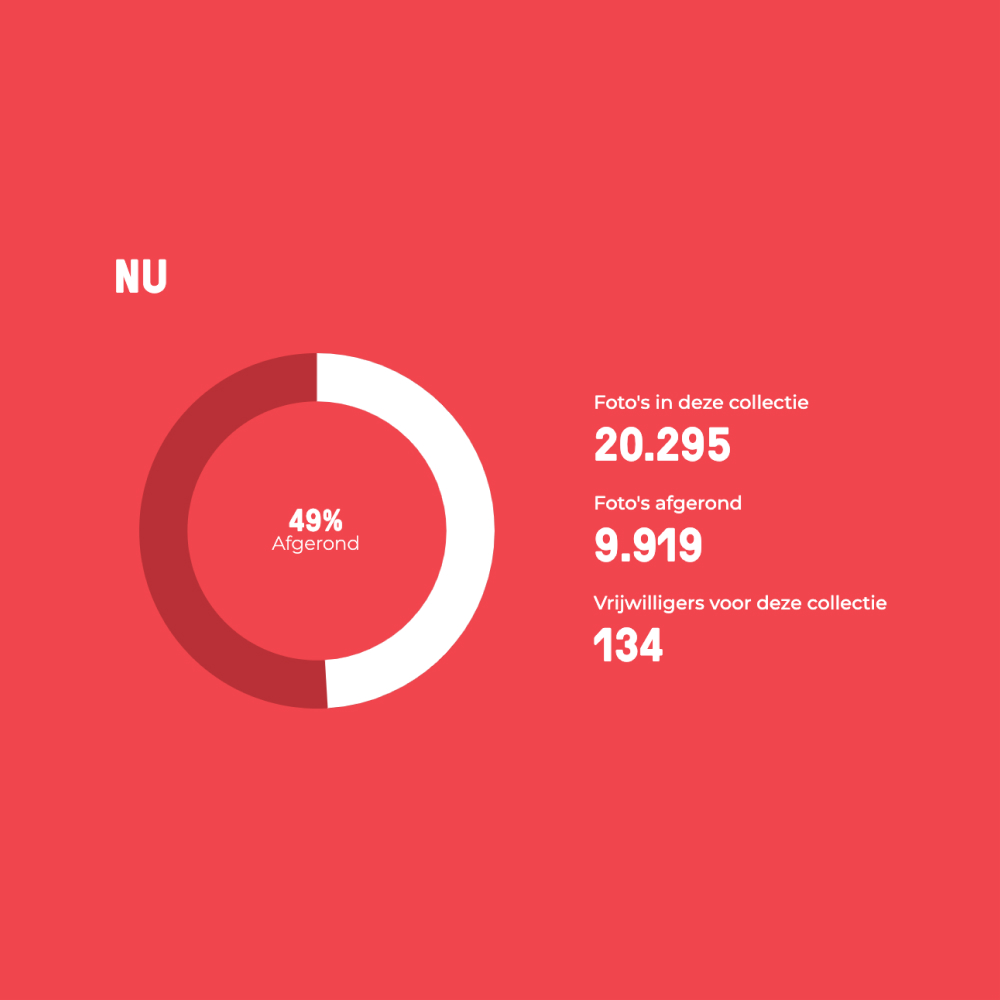
Save
All tags are stored in the backend.
About Tag The Picture
The World Museum's collection includes approximately 500,000 records of photographic material from Indonesia. The photographs are from the period between 1850 to the present, mostly from the time of Dutch rule, and were taken by various photographers. These photos can be found online, but it is not yet so easy to search the photos. Tag The Picture is a digital platform developed by Zooma, set up to make the collection more searchable and thus accessible to everyone. This is done by working with volunteers to add descriptions (tags) to photos to generate meta-data that is used to train an algorithm, which can eventually automatically tag photos with descriptions. This is how we bring the past into focus together. See exactly how it works here!
About the website
Volunteers create an account and follow an onboarding training. Then they can give a description to the entire photo, frame topics in the photo or comment on what other volunteers did. Each photo is tagged by two volunteers. If the two volunteers enter the same tags, we immediately add the tag to the photo. If the volunteers disagree, a third volunteer is automatically asked. This requires a sophisticated backend system where not only the tags are tracked, but also the exact locations of all the tags on the photos. The platform built in React went live with an MVP in 2022 after four intensive scrum sprints, and improvements have been underway ever since. For example, Zooma also made the platform accessible on cell phones, which brought additional challenges, such as selecting objects via touchscreen. In the coming sprints, work will be done on the Artificial Intelligence model.
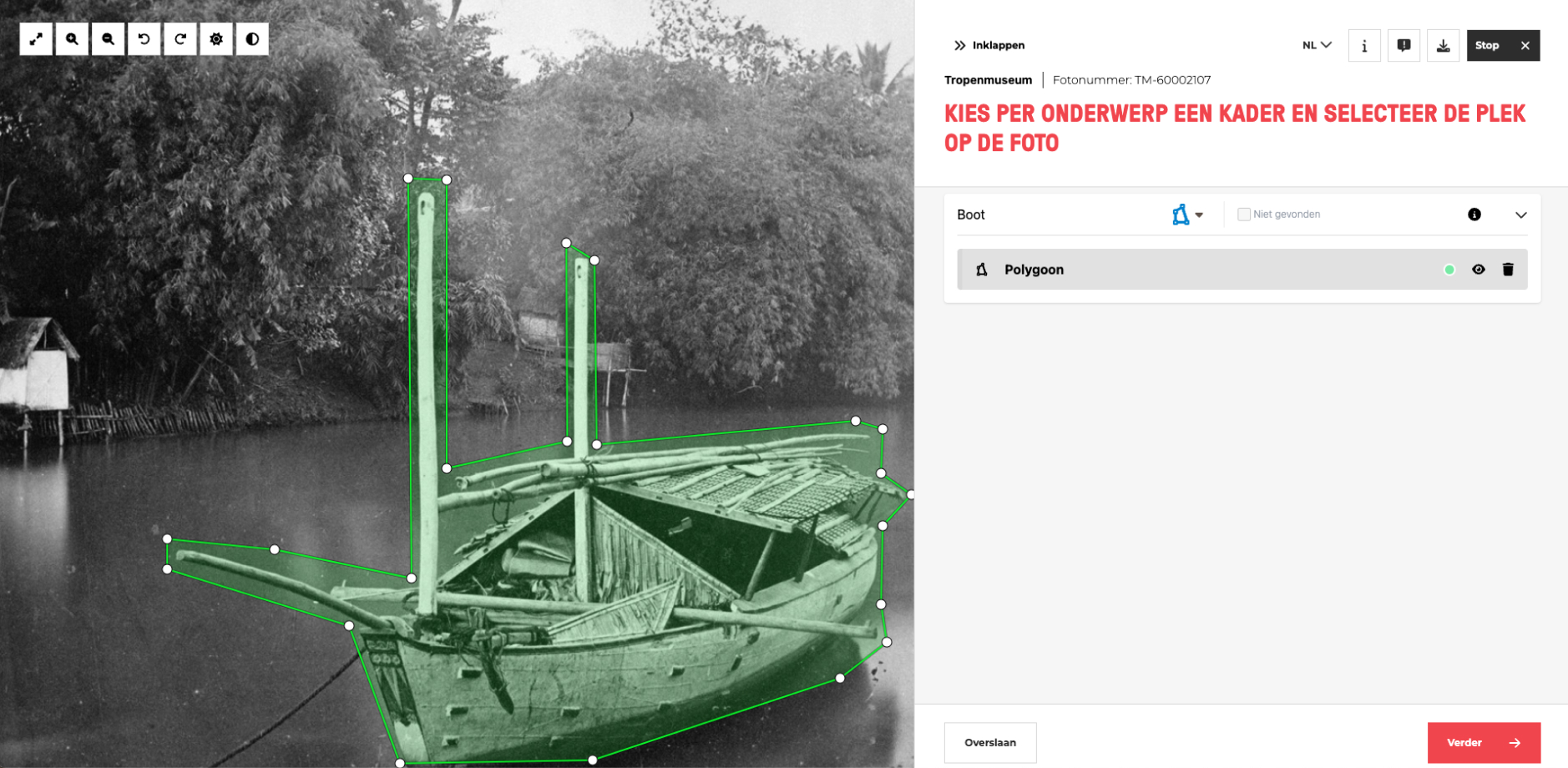
Framing subjects in pictures is new within training AI models, and certainly using a polygon. For Tag the picture, the frames also need to be automatically compared with each other so that we can be sure the frame is correct. That works well on TagThePicture.nl. And even making it suitable for mobile devices afterwards has been successful with this.
Eugeen van Wees - Senior Project Manager Wereldmuseum
Next
